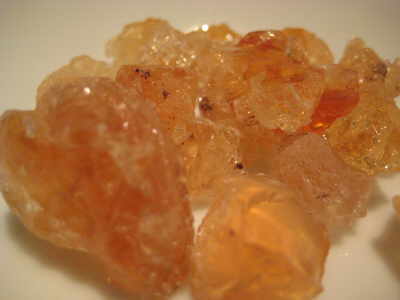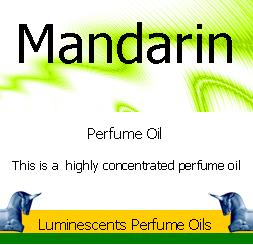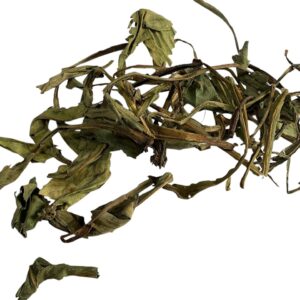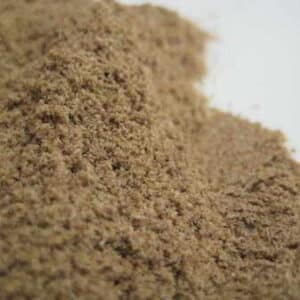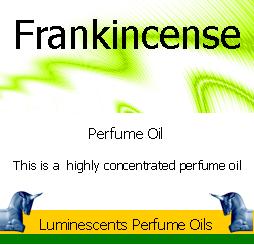Gum Arabica
£12.00
Gum Arabica
Acacia senegal
Also known as Acacia Gum, East Indian Gum, Indian Gum, Catechu, Turkey Gum
50 grams
The Acacia tree from which Gum Arabica is derived, is indigenous to the Nile area, Ethiopia, East Africa, Angola, Mozambique, South Africa, Arabia, Iran, Afghanistan, and India.
It grows to about seventy feet with hard, woody, rusty-brown coloured bark and feathery leaves and produces small, bright yellow flower heads and pods up to six inches long. The bark is collected from plants that are at least seven years old and then left to mature for a year. The Australian species, Black Wattle, is commercially available under the same name as Acacia.
Black Catechu is indigenous to India, Burma, Sri Lanka, and East Africa, growing to about forty feet in height at altitudes of 5,000 feet. It produces thorny branches, divided feathery leaves and flowers of close spikes. It is grown mainly for its lumber. Black catechu heartwood is harvested, ground, and boiled in water for twelve hours. The residue is then removed, the extract steamed to a syrup consistency, and is cooled in molds. When dried, this shiny, black-brown mass, called “cutch”, becomes a brittle solid which is broken up into irregular pieces and sold.
Senegal is found in the tropical Savannah belt of Africa, in the southern Sahara (Senegal and Gambia), in Arabia, Beluchistan, and Sind. It grows in forest-like conditions in the western and southwestern Sahara region (Senegal, Gambia, Ivory Coast, northern Dahomey and northern Nigeria).
The latex is the result of a wound infection of the tree which has occurred naturally or by inducement. The incised bark is removed in strips approximately an inch wide by two feet in length. The liquid dries to form a hard, glazed substance and is collected on a weekly basis from trees ranging from three to twelve years old. Only the latex from A. senega or other African varieties are officially recognized.
The Mexican species is a shrub that grows wild, having thorny stems and clumps of fragrant yellow flowers. It thrives abundantly in the Sonoran desert and in tropical and subtropical climates throughout Mexico. It is cultivated as an ornamental in gardens in the Americas, as well as in southern Europe, where it is also grown commercially for its flowers, whose aroma is used in perfumes.
USES
Both the African and Australian varieties have tannin-rich bark. A decoction can be applied to inflamed tissue and burns to promote rapid healing and the knitting together of the tissues. This high tannin content also helps in the treatment of mouth ulcers and throat inflammations. Its astringency helps check the growth of oral bacteria while soothing the delicate tissues that line the oral cavity. It is used extensively in the perfume industry.
HISTORY
The uses of Gum Arabica or Gum Acacia date back about 5000 years to the time of the ancient Egyptians, and it is the oldest and best known of all the natural gums. Among its many ancient applications, Gum Acacia was used as a binder in cosmetics and inks, and as an agent in the mummification process.
Egyptian fleets shipped Gum Acacia as an article of commerce. Ancient inscriptions frequently refer to “KAMI”, a form of Gum Acacia used as a pigment binder and adhesive in painting. It was eventually introduced to Europe through various Arabian ports acquiring the name “Gum Arabic” after its place of origin.
During the Middle Ages, Gum Acacia trade was carried on through ports controlled by the Turkish Empire, thus giving rise to the name “Turkey Gum”. An export trade was also developed for a time around Bombay thus, “East Indian” or “Indian Gum”.
| country-of-origin | |
|---|---|
| batch-code | |
| harvest | |
| best-before |
